Design Thinking for Social Change 2: The Mindsets, Steps, Skills and Methods
Instructor: Professor Neil Goldberg | Partner: Pacific School of Religion
Learning Pillar: Intentional Creation | Rigor Level: High
Welcome
This is the second course in the Design Thinking for Social Change Learning Path. In this course, you will hear from former Design Thinking for Social Change students as well as design professionals, who will share with you their reflections and experiences with Design Thinking mindsets, steps, skills and methods. The Steps offer a formula from thought to finish; while the Mindsets provide a foundation for our approach. This course brings awareness and thoughtfulness; humanity and humility; as well as structure and empathy around YOUR design process.
Learning Objectives
Upon completion, you will:
- Understand the design thinking and human-centered design framework for self-directed work.
- Learn key human-centered mindsets, steps, skills, and methods of design thing.
- Expand your design lens through gaining access to resources for continued learning and support in application.
Lessons

The Course Readings
5
Minutes
View Lesson

Assignment + Assessment Requirements
5
Minutes
View Lesson
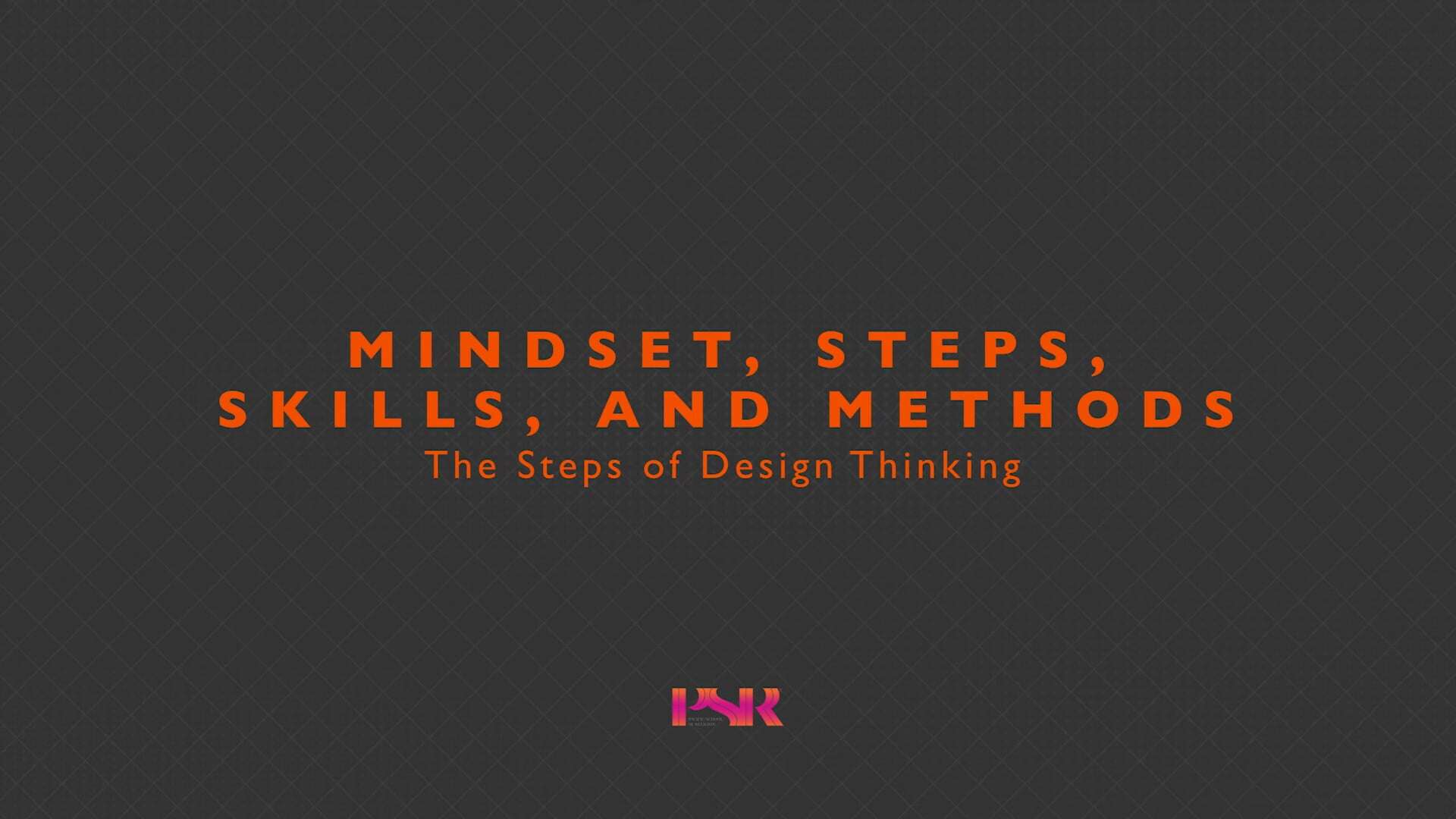
The Steps of Design Thinking
12
Minutes
View Lesson
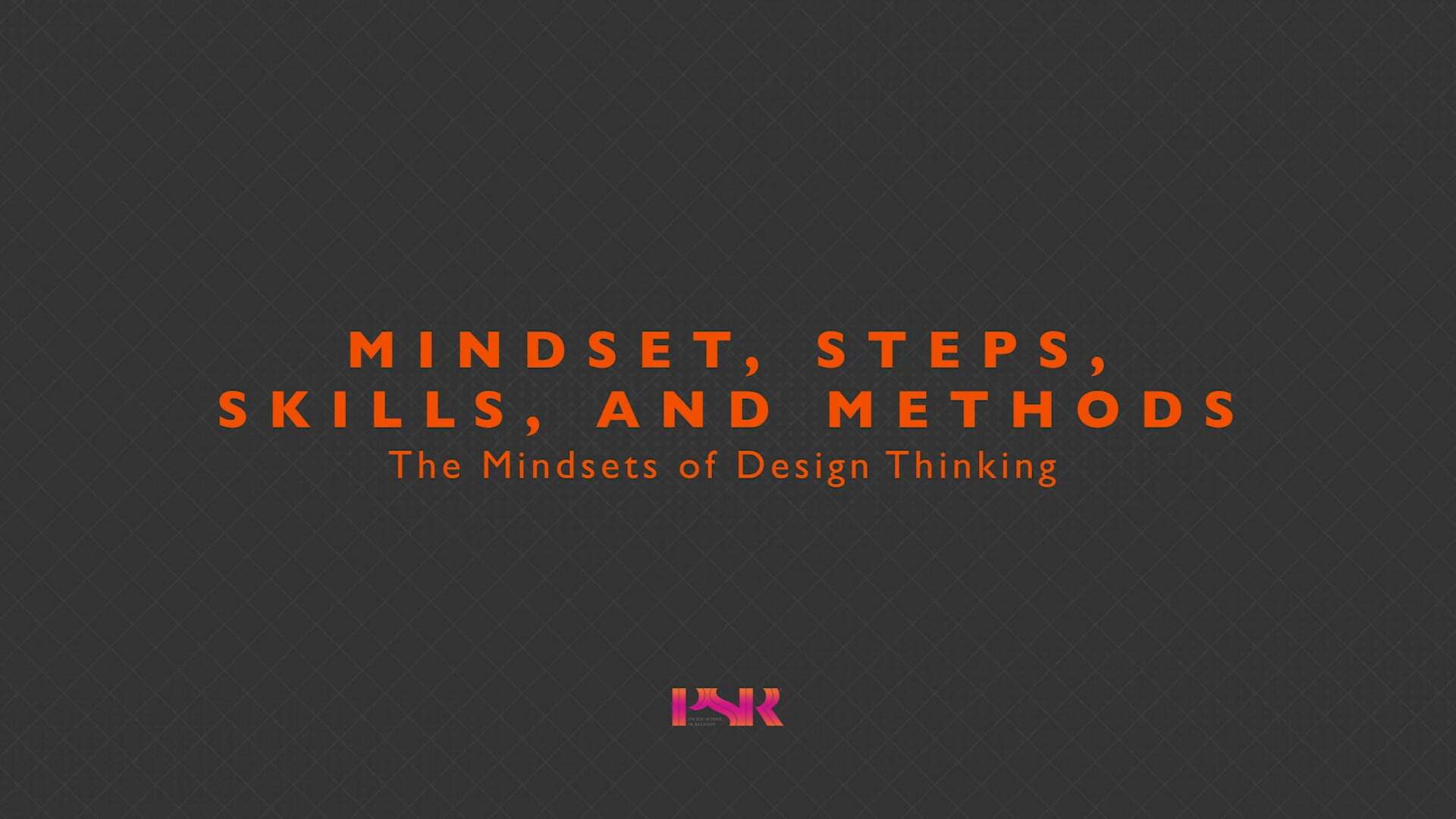
The Mindsets of Design Thinking
16
Minutes
View Lesson
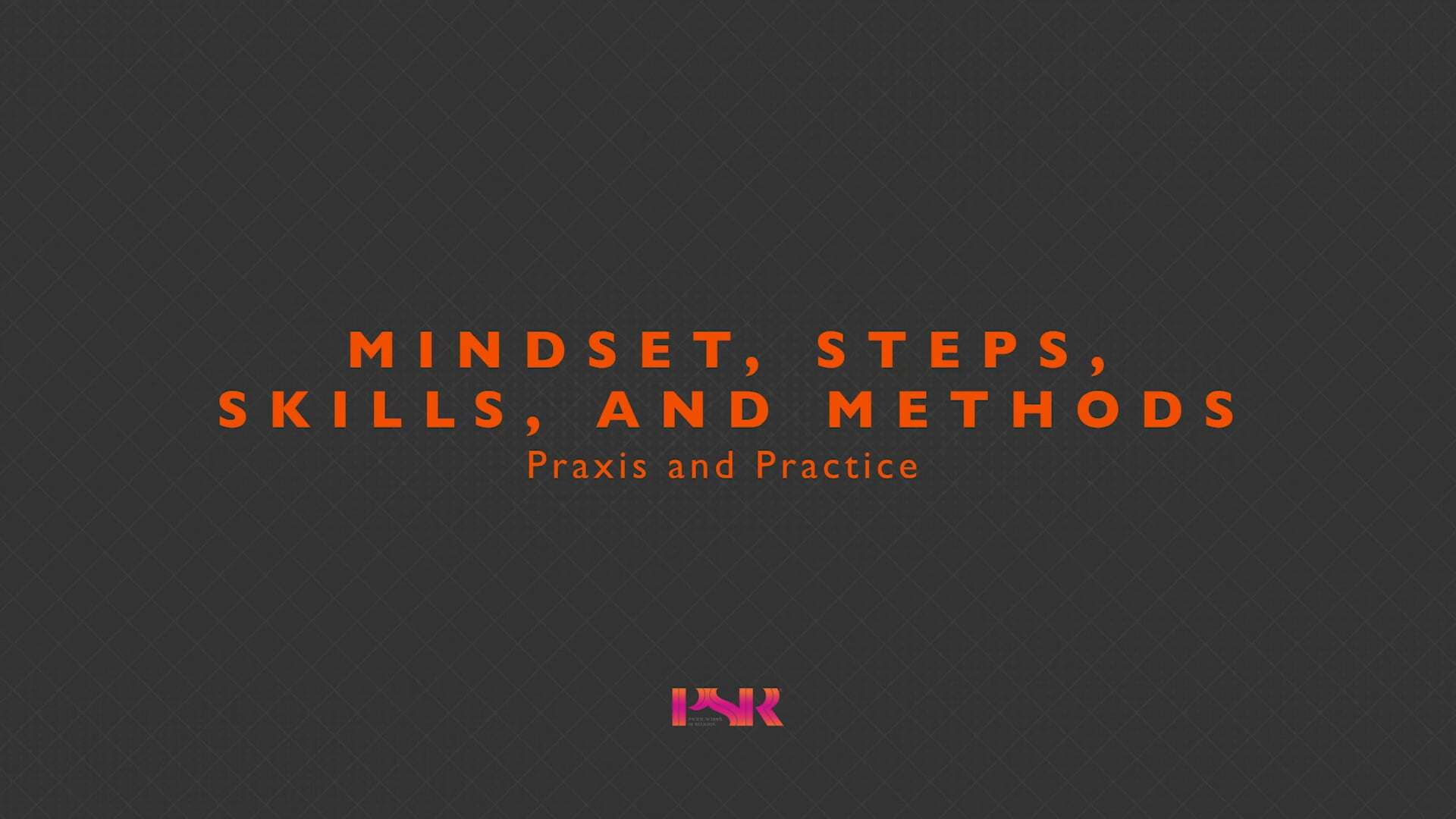
Praxis and Practice
5
Minutes
View Lesson
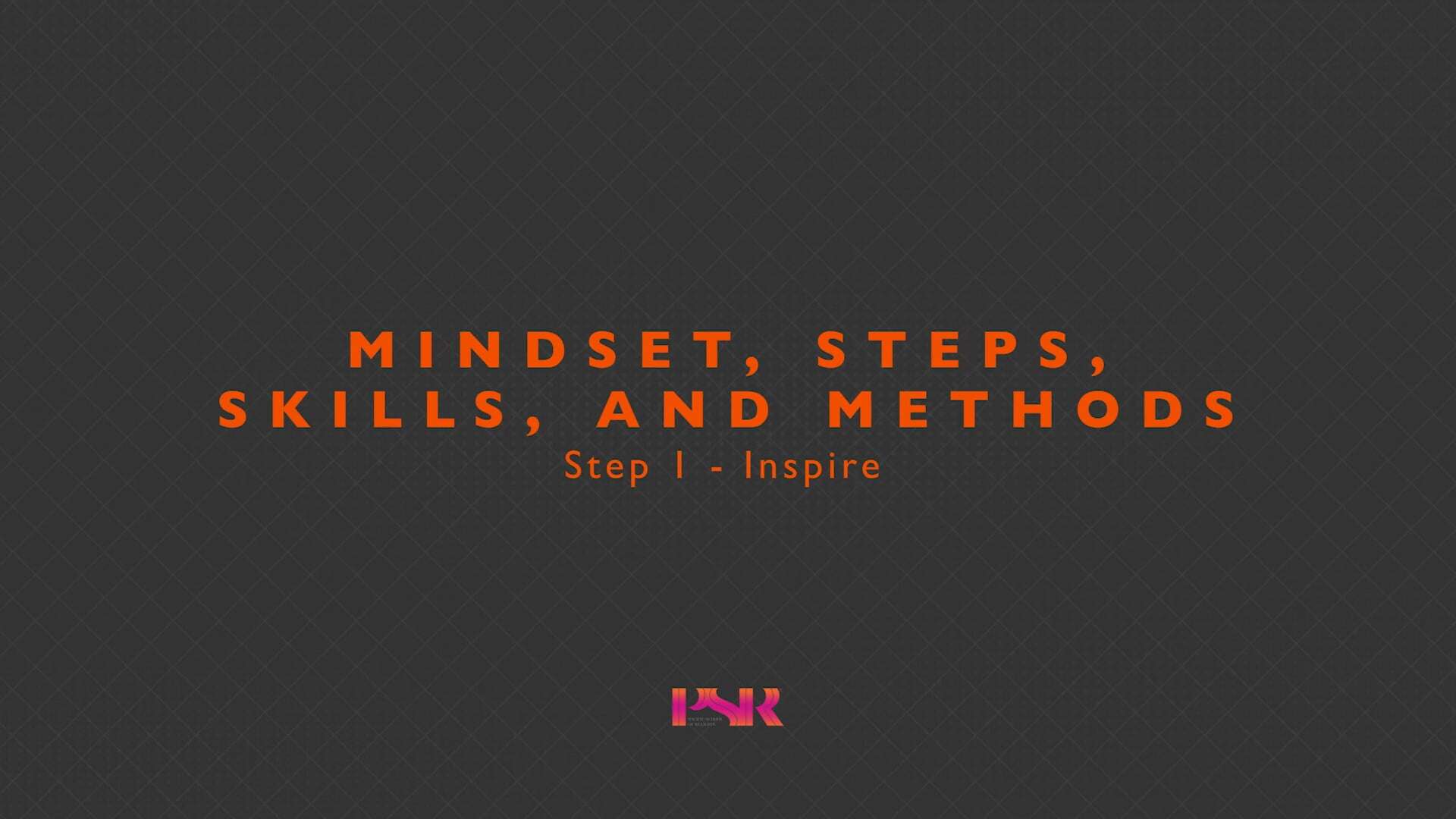
Step 1: Inspire
5
Minutes
View Lesson
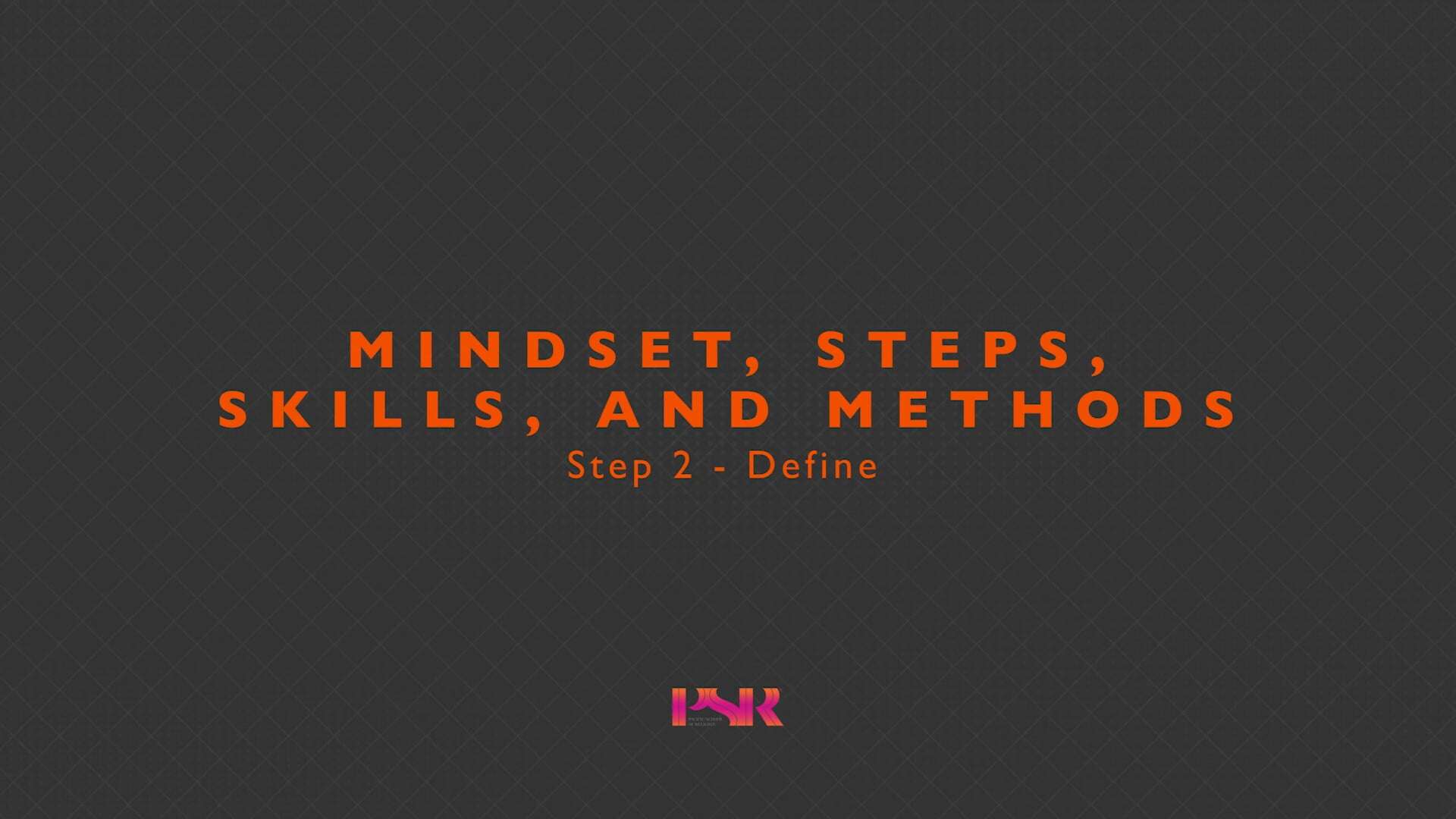
Step 2: Define
5
Minutes
View Lesson

Step 3: Ideate
14
Minutes
View Lesson
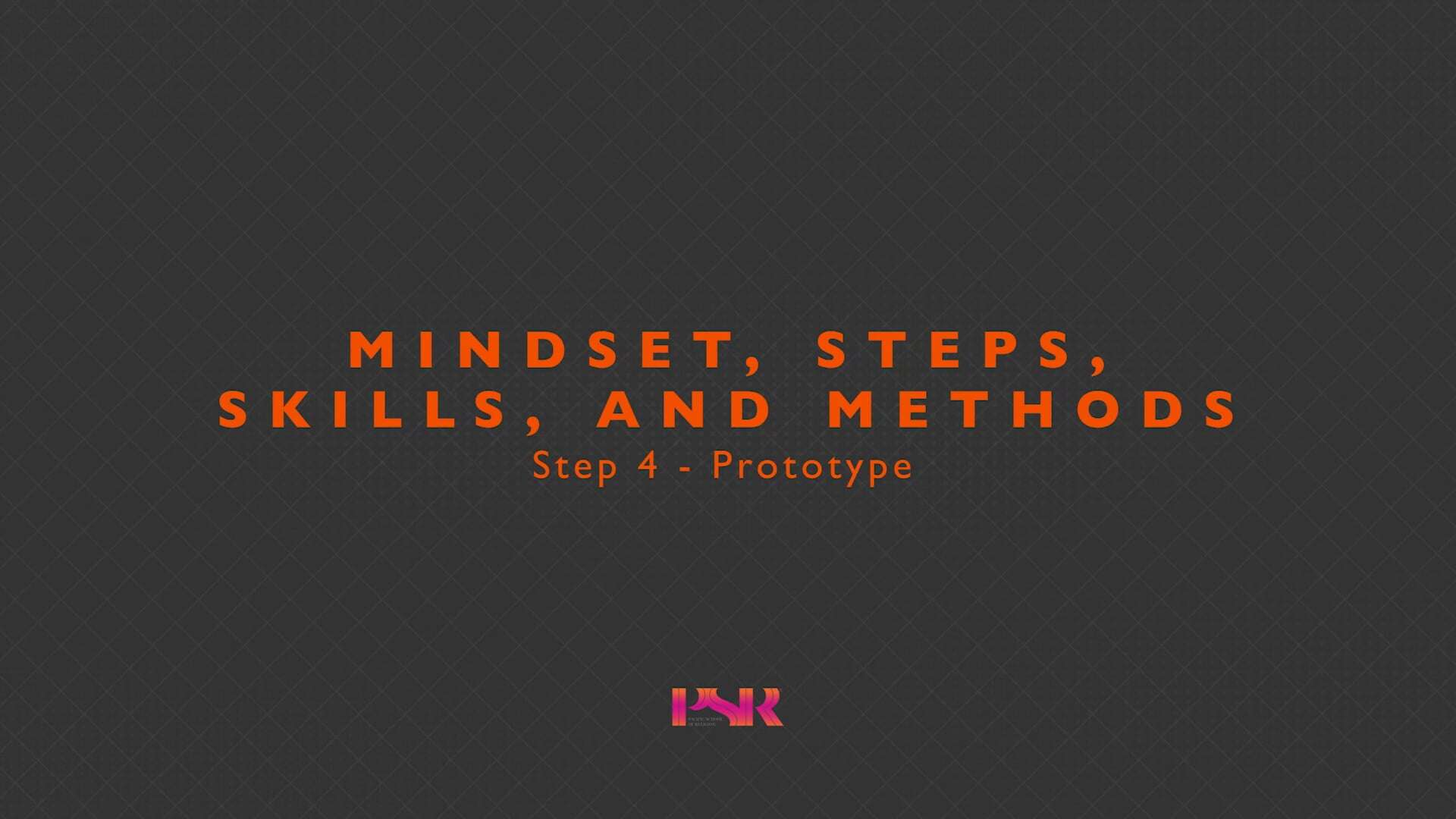
Step 4: Prototype
17
Minutes
View Lesson
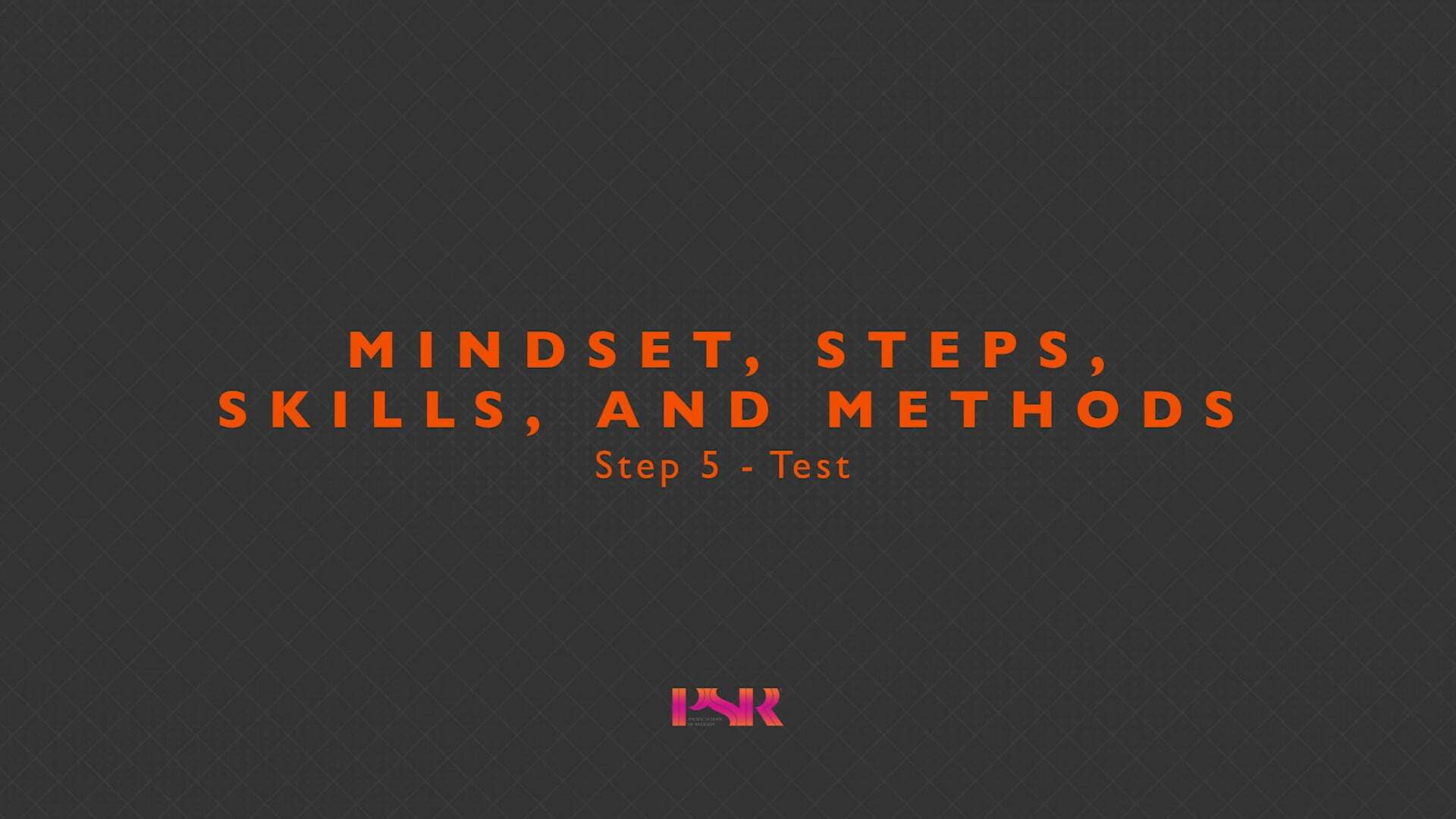
Step 5: Test
10
Minutes
View Lesson
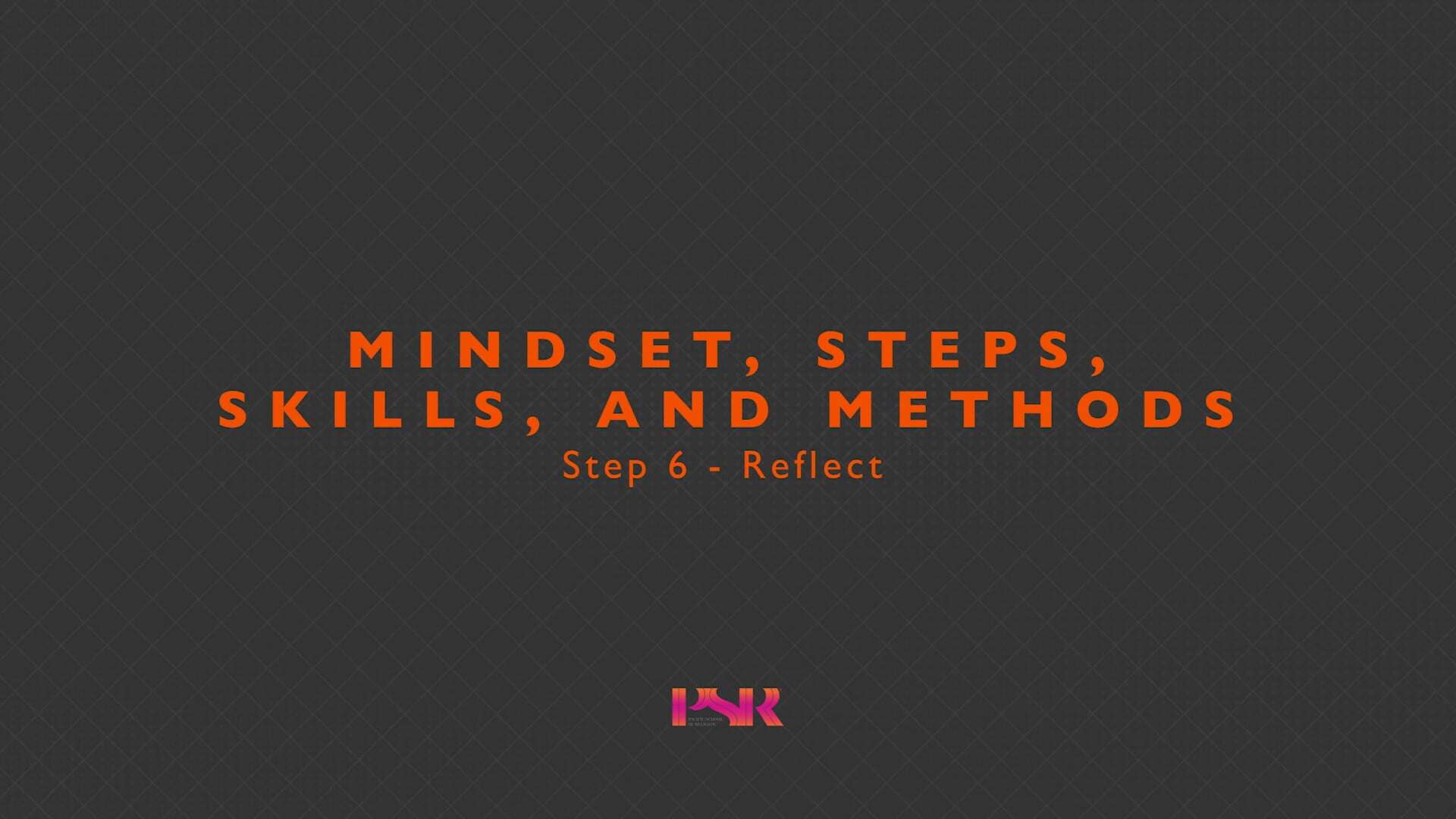
Step 6: Reflect
4
Minutes
View Lesson
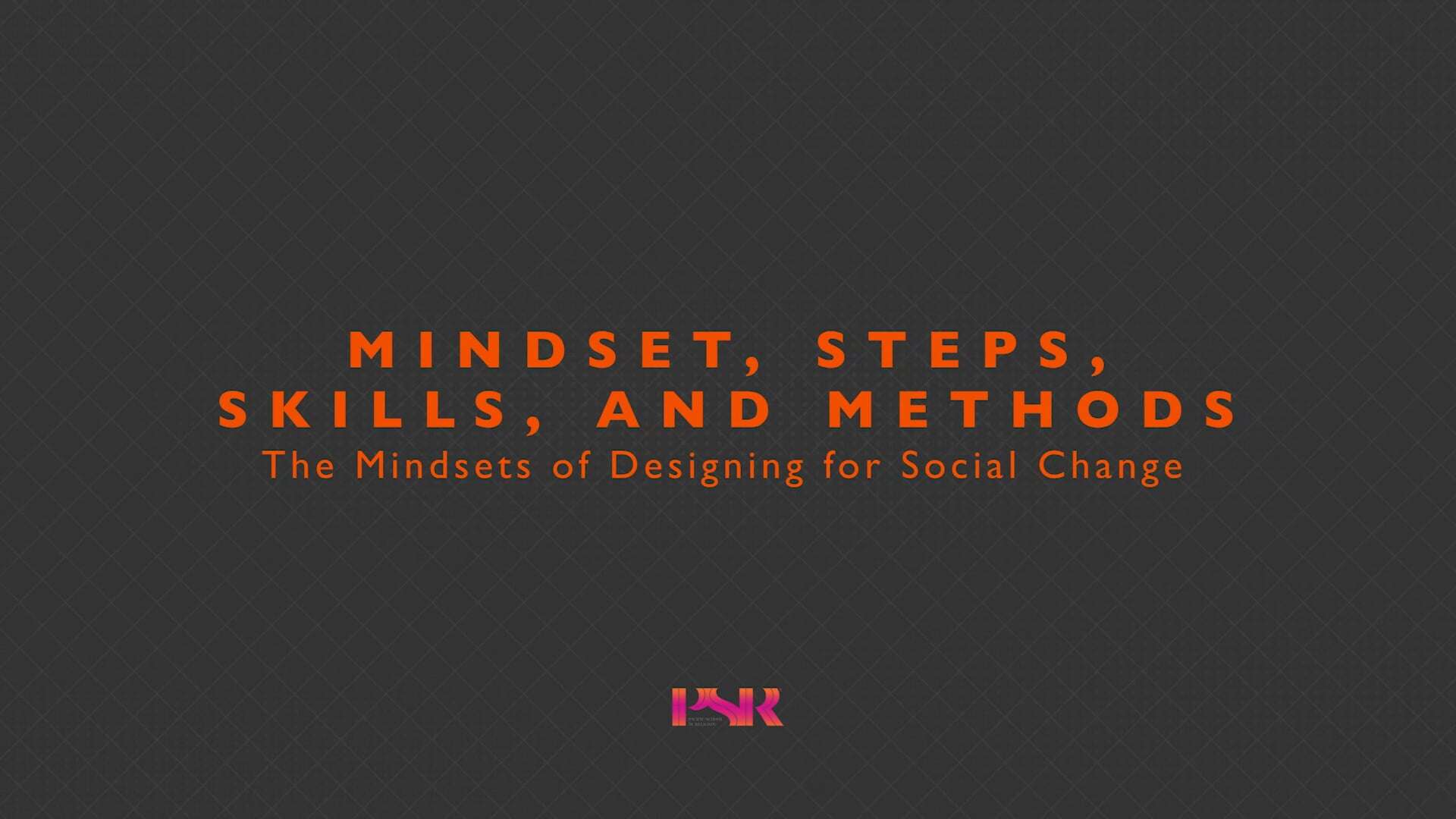
The Mindsets of Designing for Social Change
10
Minutes
View Lesson
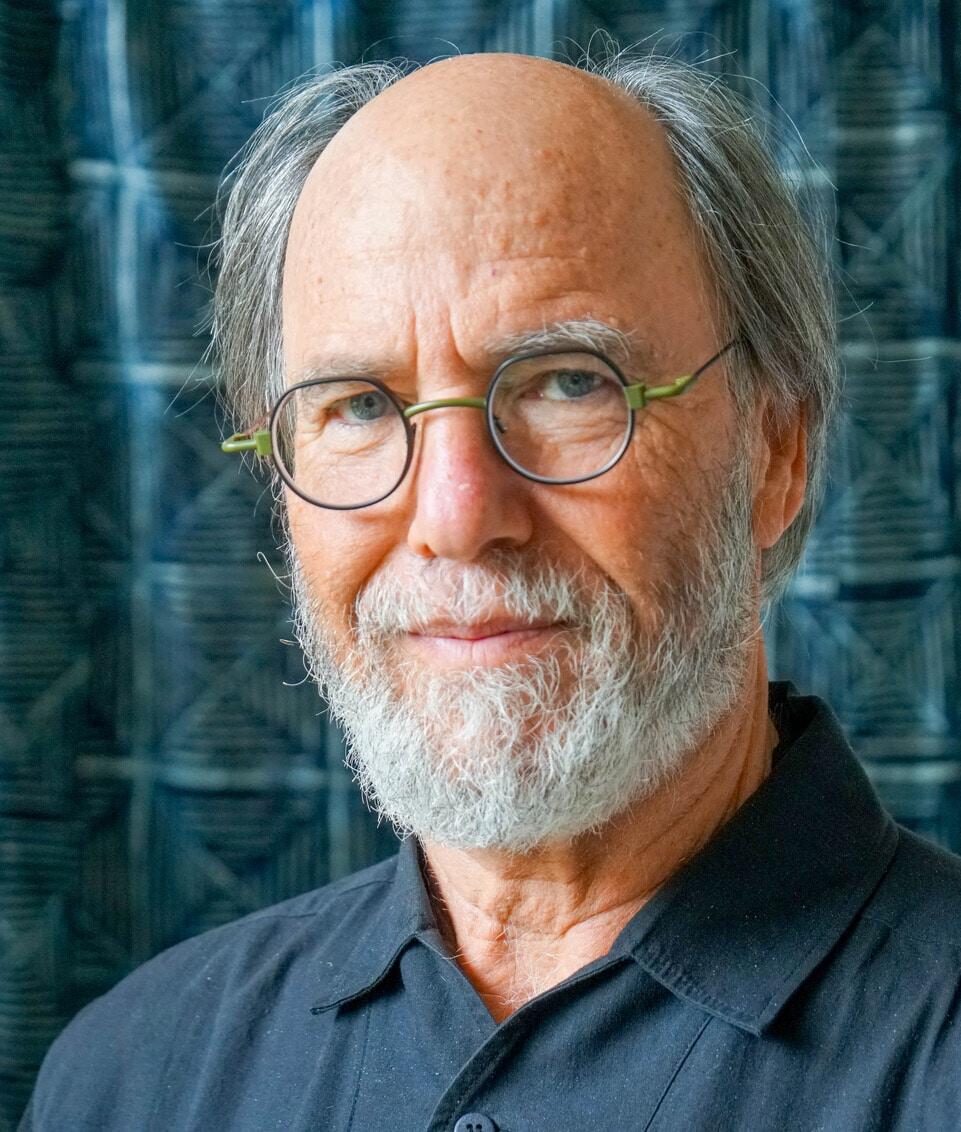
Meet the Instructor
Neil Goldberg, an Adjunct Professor at Pacific School of Religion, is a designer, entrepreneur, educator, and author with a passion for seeing human centered design applied with artisanal care to every kind of artifact of the human imagination – and to bring forward design as a framework for enlivened leadership. After starting his career with furniture maker Herman Miller, he brought the people centered innovation process he practiced there to Silicon Valley where he founded the design agency Praxis, and led multi-disciplinary teams developing award winning products. As an entrepreneur he founded WorkClub, the first co-working business operating on a subscription business model. He has also created ventures in digital photography, online print fulfillment and solar power.
